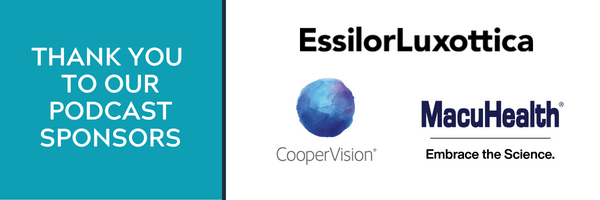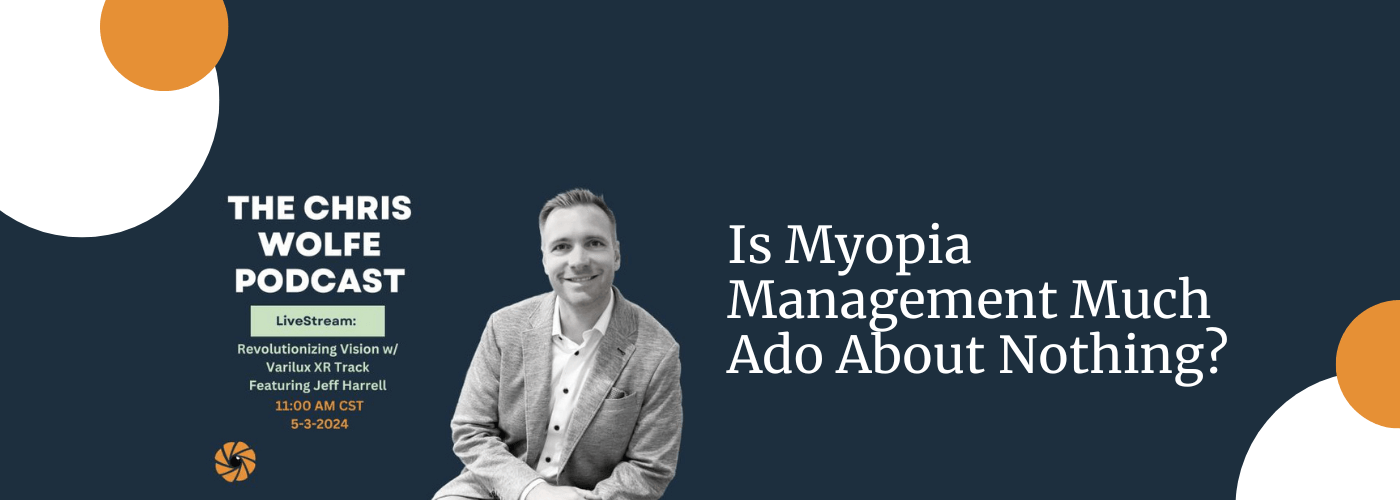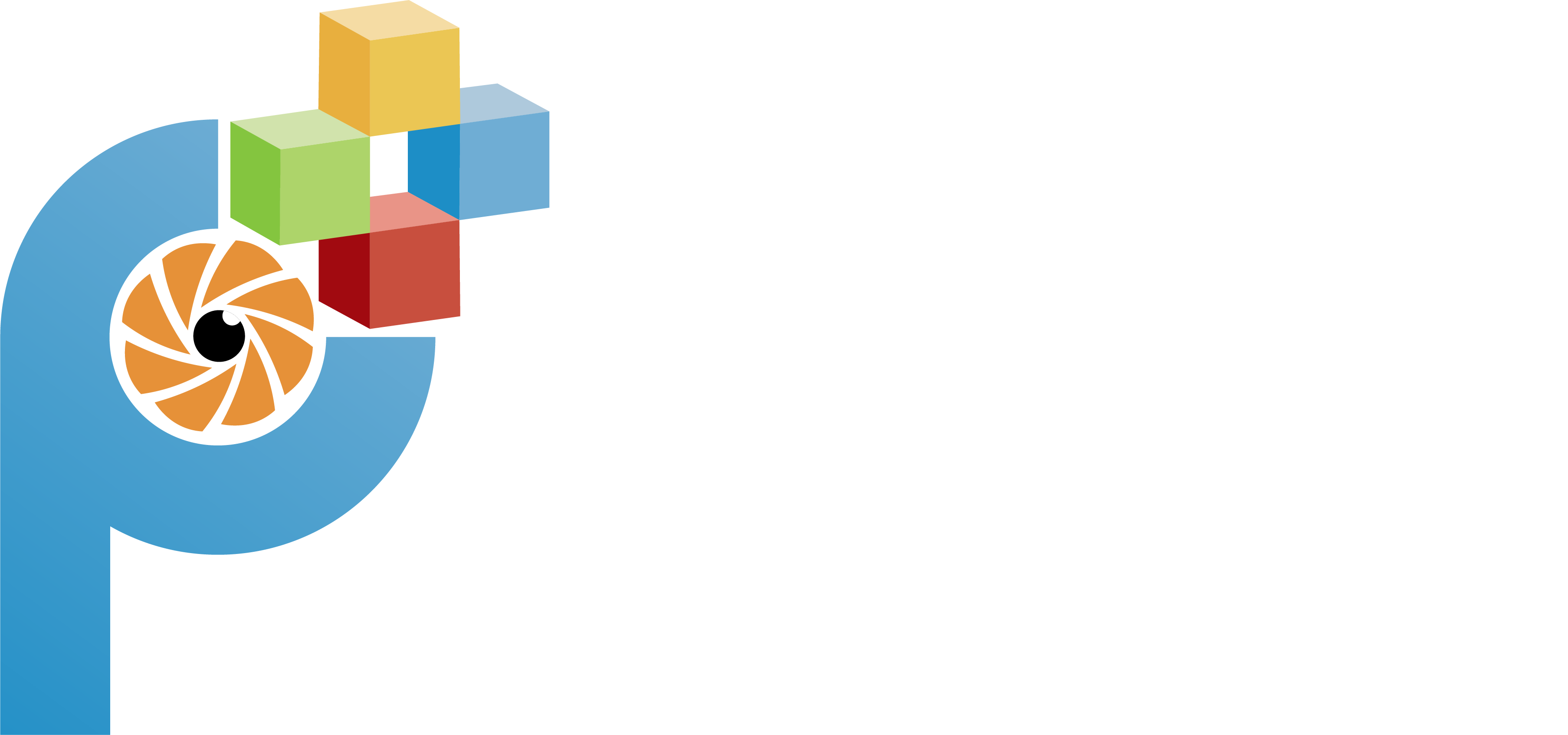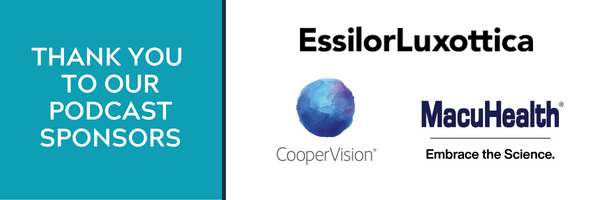

The conversation around myopia management has garnered increasing attention in optometry circles. While the number of children diagnosed with myopia continues to rise globally, the adoption of myopia management interventions remains relatively low. To address this gap, Chris sat down with Dr. Justin Kwan to explore common critiques of myopia management and present evidence-based insights to help practitioners and parents understand the critical need for early intervention.
The Low Adoption of Myopia Management: What’s Holding Us Back?
Despite the growing awareness of myopia and the increasing availability of treatments, many eye care professionals remain hesitant to incorporate myopia management into their practice. According to Chris, the data reveals that while myopia management is often hailed as the "standard of care," only a small percentage of practitioners are actively offering these services. This begs the question: why?
Dr. Kwan notes that part of the reluctance could stem from a lack of visibility into the long-term consequences of untreated myopia. "A lot of optometrists don't see the severe cases of myopic maculopathy or retinal detachments because these patients often get referred to specialists," Dr. Kwan explains. This creates a bias where optometrists may underestimate the true risks associated with myopia.
Is Myopia Really That Dangerous?
One of the criticisms of myopia management comes from the American Academy of Ophthalmology (AAO). In 2022, the AAO released a statement indicating that most cases of myopia tend to be mild or moderate, with little risk of serious vision loss. So why invest in managing a condition that seems relatively benign?
Dr. Kwan draws a parallel to glaucoma, where only about 2% of the population develops the disease, yet it is widely accepted that early intervention is crucial. "We absolutely treat glaucoma very seriously, even though only 2% are at risk. Similarly, 2% of those with myopia can develop myopic maculopathy. The numbers are small, but the consequences are severe," he says.
The takeaway? While most cases of myopia may not result in immediate vision loss, the potential for long-term complications like myopic maculopathy and retinal detachment makes early intervention vital. Every diopter of myopia increases the risk of these conditions, and with rates of myopia rising globally, the urgency to address it cannot be overstated.
The Long-Term Effectiveness of Myopia Management
Another critique often raised is the lack of long-term data on myopia interventions. While treatments like orthokeratology (ortho-k) and low-dose atropine have shown promising results in slowing myopia progression, skeptics argue that we don’t yet have enough evidence to demonstrate their ability to prevent future complications.
Dr. Kwan acknowledges this point but pushes back against the unrealistic expectation that we would have 40-year longitudinal studies for such a rapidly evolving field. "We don’t hold other areas of medicine to that same standard," he explains. "Have we studied teenagers' eating habits and followed them for 40 years to see who develops cardiovascular complications? No, because that would be too expensive and impractical. Yet, we understand the importance of healthy eating in preventing heart disease."
The same logic applies to myopia. While we may not have 40-year studies, we have enough evidence to make logical, evidence-based decisions today. Myopia management, especially when started early in childhood, has been shown to reduce the risk of high myopia and its associated complications.
The Natural Plateau of Myopia Progression
One common argument against myopia management is the idea that myopia progression naturally slows down or stops by late adolescence or early adulthood. If the condition is going to stabilize on its own, why bother with treatment?
Dr. Kwan agrees that myopia progression does slow with age, but he emphasizes that this doesn't mean treatment is unnecessary. "The goal isn't just to wait for the myopia to plateau," he explains. "The goal is to ensure that by the time myopia does naturally slow, the patient isn't already a high myope. We want them to graduate high school no worse than a minus three diopters."
For example, if a patient is a minus one in their senior year of high school, there's no need for aggressive treatment because they are unlikely to progress to a level where they are at risk for severe complications. However, for a younger child with rapidly progressing myopia, early intervention can save diopters, reducing their risk of future retinal issues.
The Cost of Myopia Management
Cost is another significant barrier for many families considering myopia management. With treatments like ortho-k and atropine often requiring long-term commitment, parents may be hesitant to invest in treatments for mild or moderate myopia.
Dr. Kwan uses a financial analogy to explain the value of early intervention. "Think of myopia management like an investment. Yes, there's an upfront cost, but the benefits continue to pay off long after the treatment has stopped. You’re investing in your child's future eye health, much like you would invest in their education or well-being."
The key, he says, is framing the conversation around the long-term benefits. "Parents aren't just paying for treatment today; they're preventing serious complications in the future," Dr. Kwan emphasizes.
The Role of Outdoor Time in Myopia Prevention
Outdoor time has been widely recommended as a simple lifestyle change to help delay the onset of myopia. Studies have shown that children who spend more time outdoors are at a lower risk of developing myopia. However, once a child is already myopic, sending them outside won’t reverse the condition.
Dr. Kwan confirms that while outdoor time is valuable for delaying the onset of myopia, it cannot replace medical interventions once myopia has already developed. "Outdoor time is great for preventing myopia in pre-myopes, but once a child is myopic, you need more targeted interventions like ortho-k or atropine to slow progression."
Setting Parents’ Expectations for Success
Managing myopia isn’t about achieving perfect results overnight. Parents may become discouraged if their child’s myopia still progresses slightly, even with treatment. Dr. Kwan advises setting realistic expectations from the start. "We tell parents that myopia management aims to slow progression, not stop it entirely. For children under 10, a quarter to half a diopter of progression per year can still be considered successful."
He also highlights the importance of sharing success stories from the practice to help parents feel more confident in the process. "A growth spurt might cause a slight jump in myopia, but that doesn’t mean the treatment isn’t working. It's important to remind parents that the ultimate goal is to prevent high myopia and its associated risks in adulthood."
While there are valid concerns and uncertainties surrounding myopia management, the evidence overwhelmingly supports early intervention to reduce the risk of severe complications later in life. By setting clear expectations, addressing cost concerns, and educating both parents and practitioners on the long-term benefits of myopia management, we can bridge the gap between awareness and action.
As Dr. Kwan wisely states, "Every diopter saved is a victory."
If you're interested in being a part of an online community with on-demand courses to help optometrists increase medical management and medical insurance utilization to grow their practice, check it out our Comprehesnive Optometry Simplifiend Bundle!

